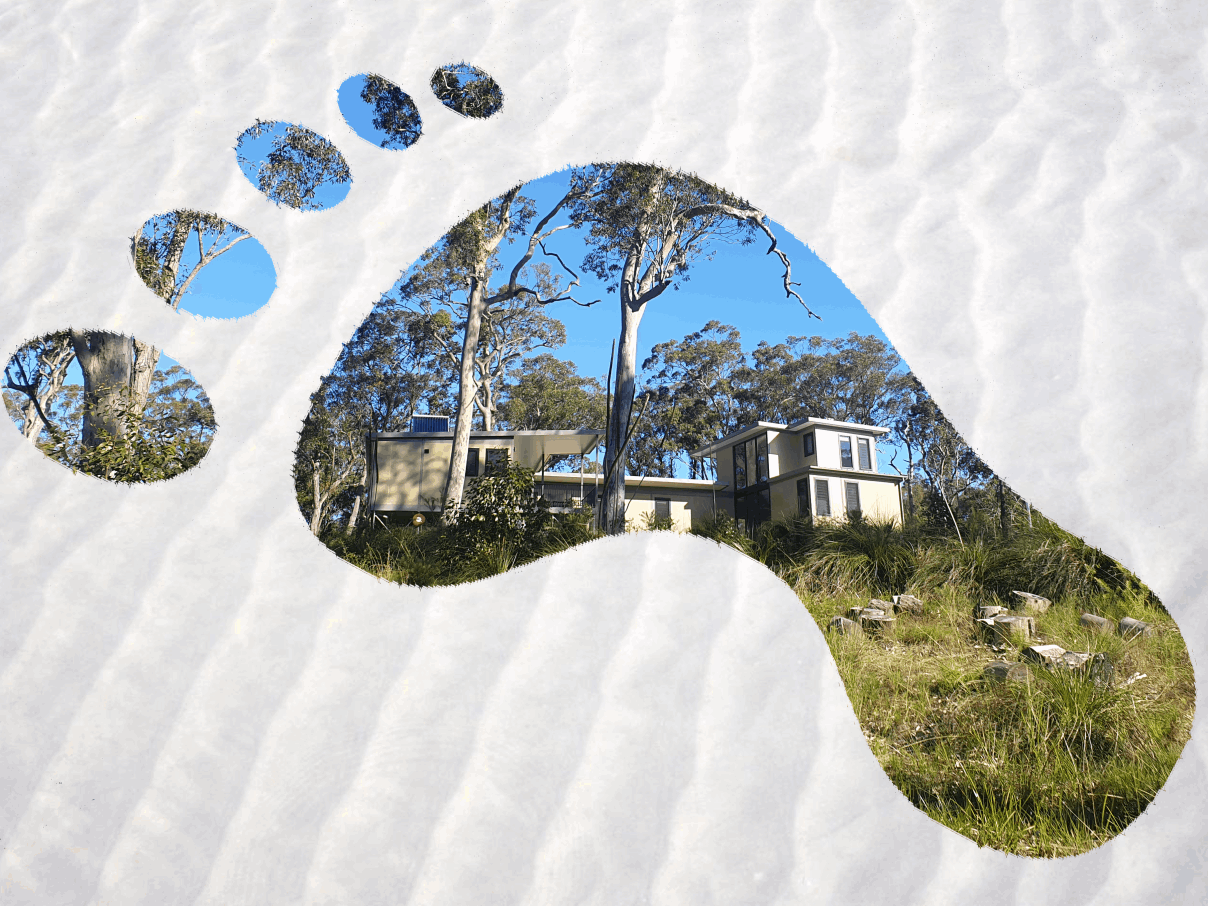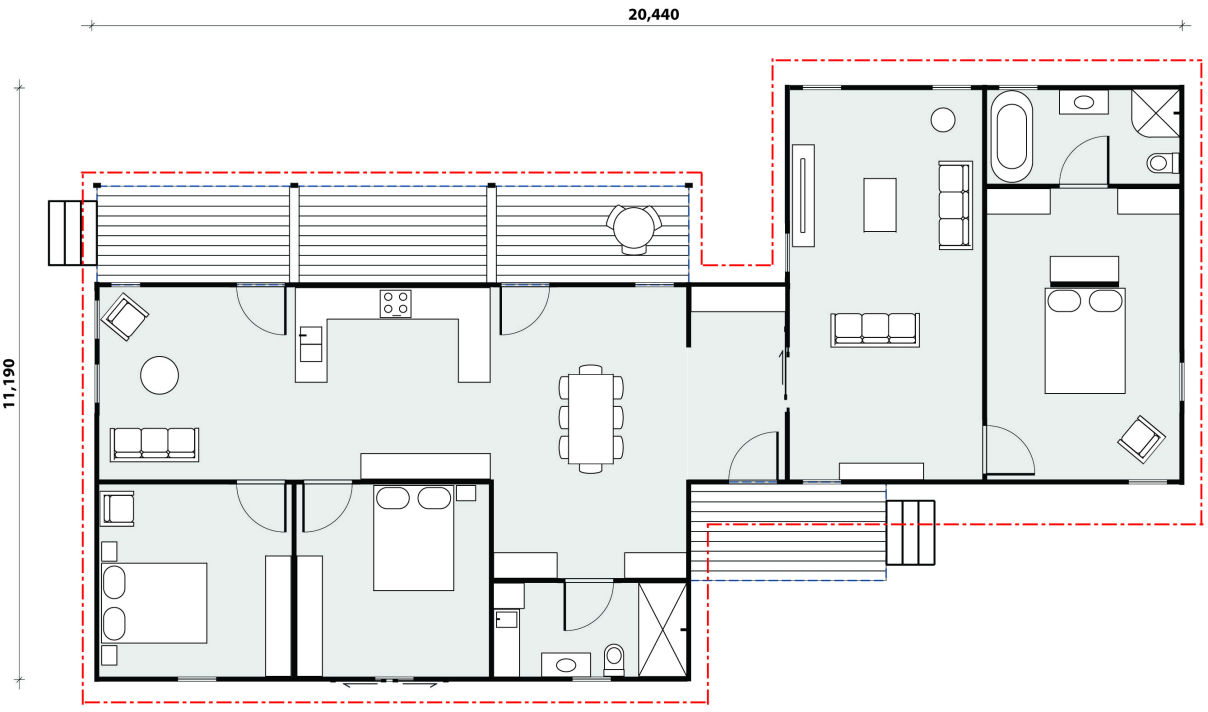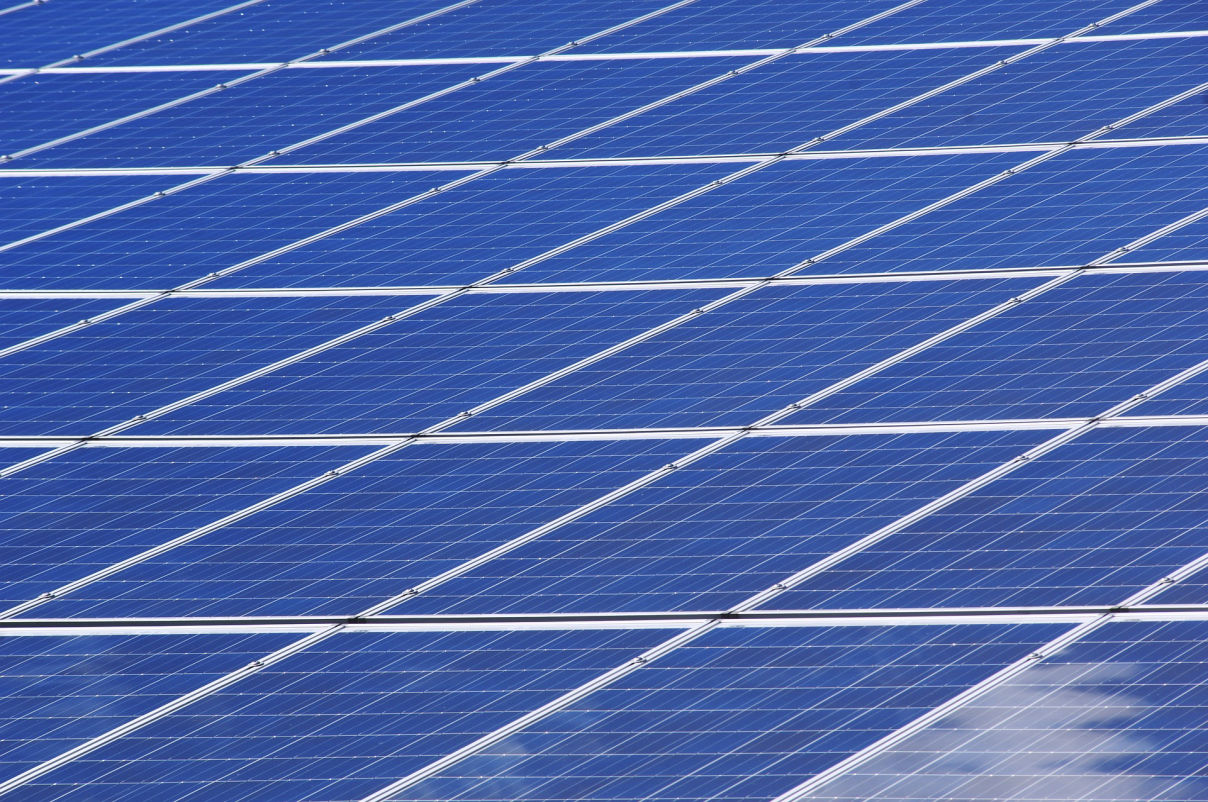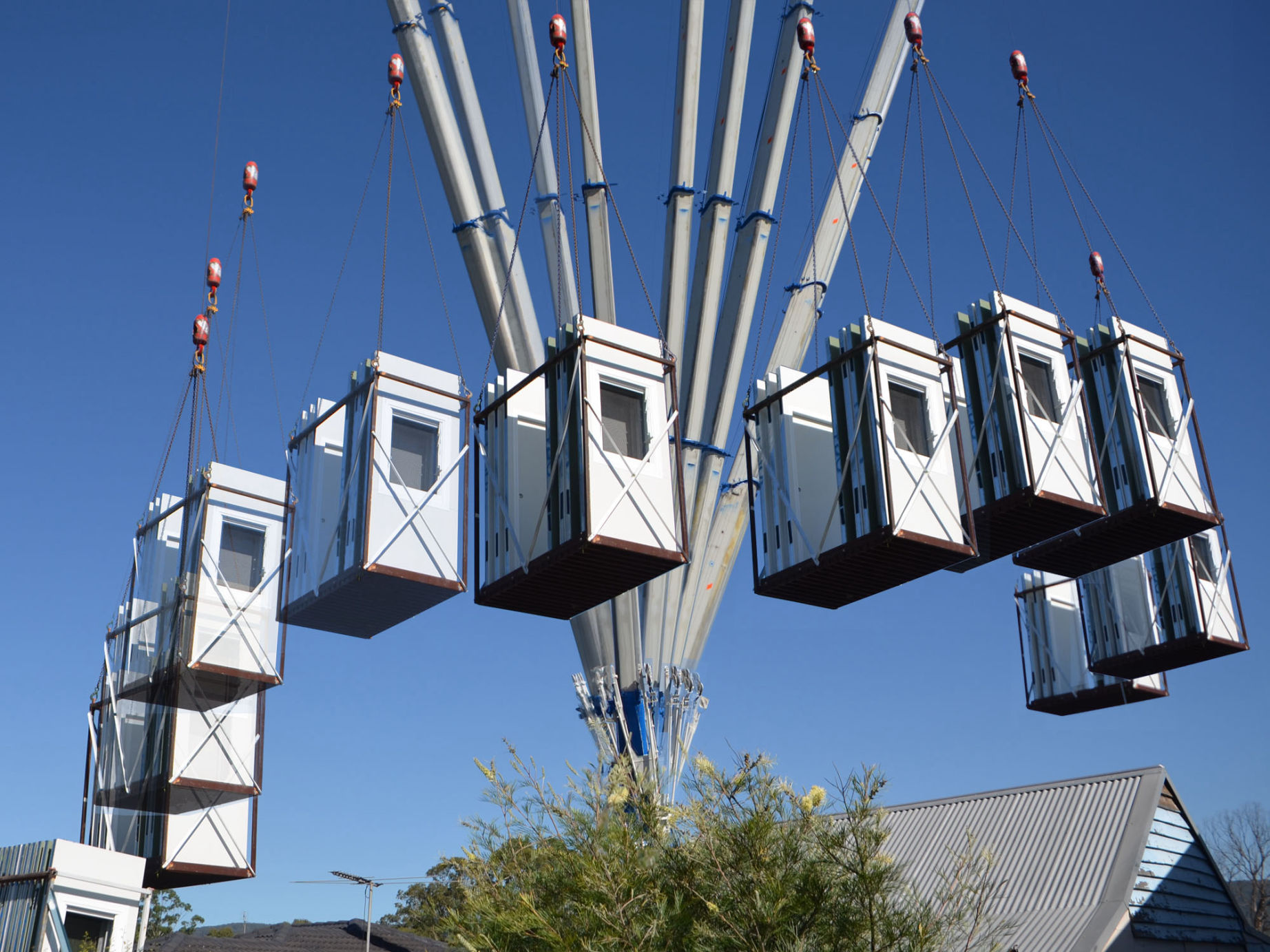


The Cellito MAAP house featured in Sustainable House Day 2020. Recognised for energy efficiency, passive solar gain, water treatment, sustainable materials, and insulation.
Link to SHD Article







Patent 2017900829
Contact: MAAP House
info@maaphouse.com
0411 806 499